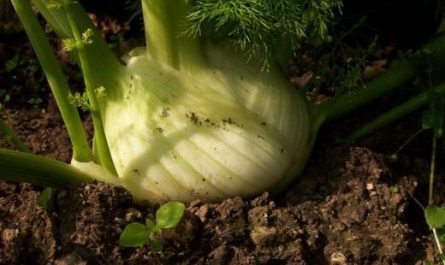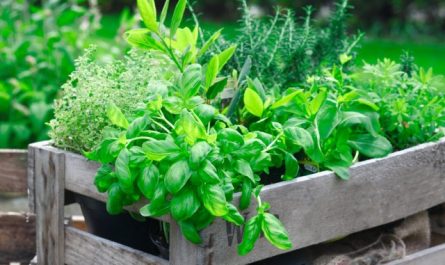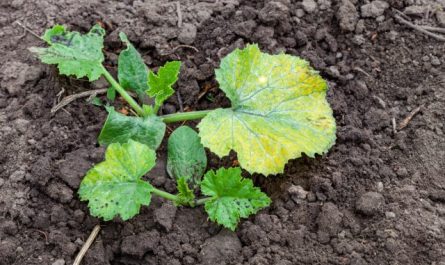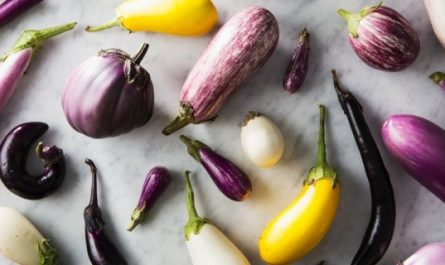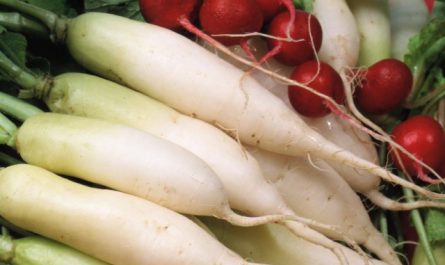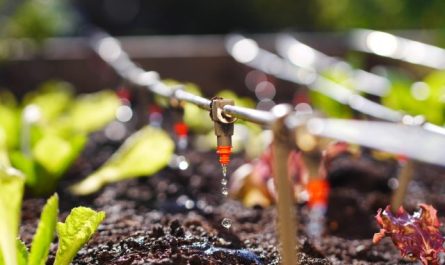Recently, the press has reported from the UK and New Zealand on growing plants that can simultaneously produce both tomatoes and potatoes from one bush. This miracle was called “Tomato Potato” (in English, TomTato, from the words ‘tomato’ and ‘potato’) and it is not a product of genetic engineering or selection, but the result of a special grafting technology. Is it possible to successfully grow tomato potatoes at your own dacha and get a stable harvest of both “tops” and “roots”? Practical experience has shown that it is possible. Let’s try to understand this technology, especially since there are very important nuances here.
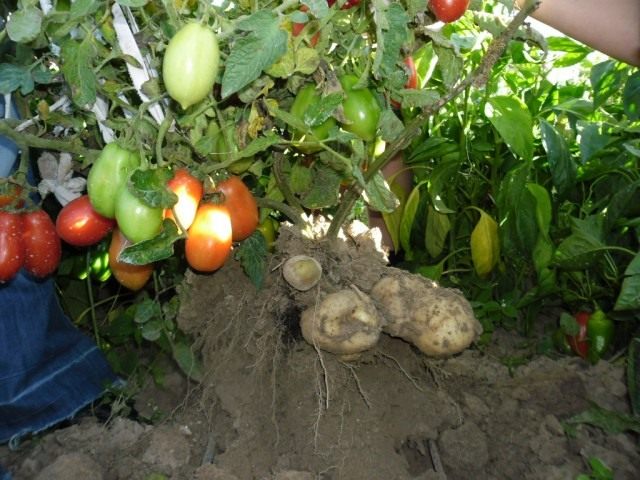
Grafting is one of the ways to propagate plants and increase their resistance to adverse environments. It began to be used for vegetables at the beginning of the last century. It turned out that the developed root system of rootstocks provides increased and stable yields of vegetables in open ground. At the same time, the vegetation period of grafted plants is shortened and their yields are significantly increased. Currently, the most popular is intraspecific grafting of plants, mainly fruit crops. Intergeneric grafting is known, but is extremely rare.
We all know that potato tops contain toxic substances. If a potato grows not its native tops, but a tomato bush, will these toxins appear in the tomatoes and how will all this affect the toxicity of potato tubers? To which part of the plant will the main flow of nutrients be directed, to the upper or lower? Is special agricultural technology needed to grow such plants?
Let’s move directly to the technology of growing tomatoes and potatoes. In mid-April, plant potato tubers in a pot in a soil-nutrient mixture. After two weeks, you can graft tomatoes onto potatoes, preferably using the improved copulation method. Copulation is a method of connecting grafting components of more or less the same diameter; with improved copulation, not only are the cuts connected, but an additional split is made and the cutting is connected to the rootstock much more firmly.
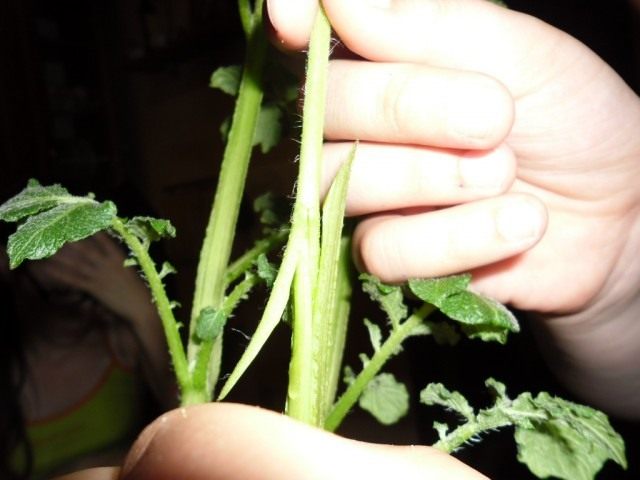
The grafting is carried out when the thickness of the potato and tomato seedling stem reaches 0,5 cm, it can be done at home. In this case, each shoot is grafted. It is desirable that the length of the cuts exceeds the thickness of the grafted trunks by more than four times. On the cuts of the trunks, splits-tongues are made with a blade, which are immediately connected, not allowing the slightest drying. After this, the shoots are tightly tied with bactericidal adhesive tape and placed in a shaded place, having previously moistened the soil and the plant itself.
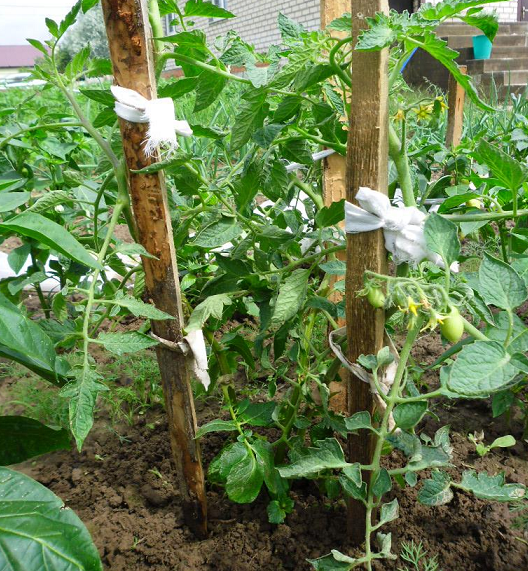
Don’t be alarmed if the tomato graft wilts in a day or two; if everything is done correctly, it will restore its original appearance the next day. After 7-9 days, you can plant the tomato potato in a bed under a covering material, and after another week, remove the bandage from the graft site.
Soon you will notice the appearance of a flowering brush of tomato, and in a month you will see the fruits. If you carefully loosen the soil, you can see the appearance of young tubers.
It’s time to harvest tomatoes and potatoes. One bush can yield 1,5-3 kg of potatoes and 5-8 kg of tomatoes, which is quite good.
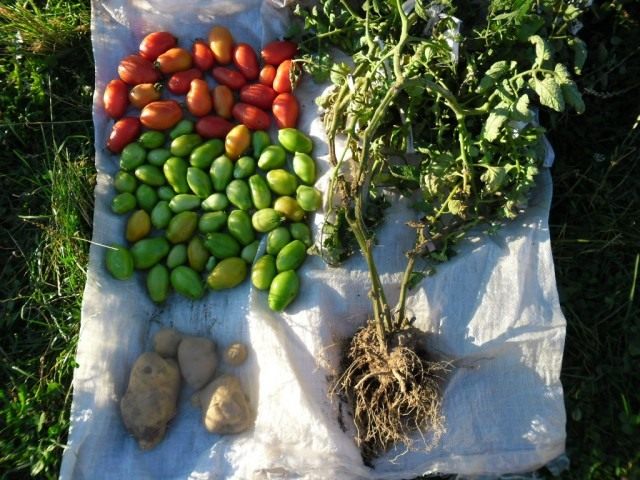
Research by scientists has revealed increased resistance of grafted plants to late blight and the Colorado potato beetle, while the content of the toxic substance solanine in tomato fruits and potato tubers remains within normal limits. Experience shows that special agricultural technology for growing grafted plants (tomato potatoes) is not required.
Especially for Botanichka: Oleg Maslovsky, PhD in Biology, Head of the Plant Cadastre Sector at the Institute of Experimental Botany of the National Academy of Sciences of Belarus.
Updated by Keeper:
After the publication of this material, our readers suggested to us that such a hybrid is not such a novelty, and the “roots” of tomato potatoes should be sought not in modern Great Britain and New Zealand, but in the USSR of 1940.
Tomato-potato hybrid. “Stalinskaya Tribune”, 1940:
From the report of T.D. Lysenko, 1939:


